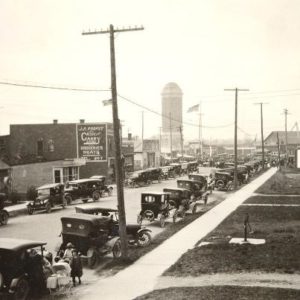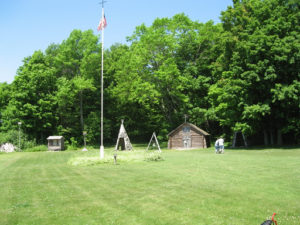Tag Archives: Manistique
Manistique Centennial Parade 1960-Video
153 years ago, our waterway community was founded in 1860 by Charles Harvey, a business man who sought to build a small dam on the Manistique River. He would first name the area Epsport, after his wife’s family name. Enjoy a very rare look back in time and enjoy the Manistique Centennial Parade 1960. Shot on 8mm film. See if you recognize some names of people on the floats at the end.
Baraga Park on Indian Lake, where (then Fr.) Baraga celebrated his first Mass
Manistique is located in the Upper Peninsula of Michigan on Lake Michigan and is the county seat for Schoolcraft County. Schoolcraft County’s orginal inhabitants were members of the Chippewa Tribes. As a result of the War of 1812, the father of Antoine Ossawinamakee was given a portion of Schoolcraft County. Their primary settlement, consisting of 10 to 12 houses, was on Indian Lake which was three miles from Manistique. In 1833, Fr Frederick Baraga established his first Native American Mission at Indian Lake and converted all but one of the inhabitants to Catholicism. Father Baraga continued his missionary work but visited the Mission Church at Indian Lake frequently. In 1853, he became the bishop of Sault St. Marie.


